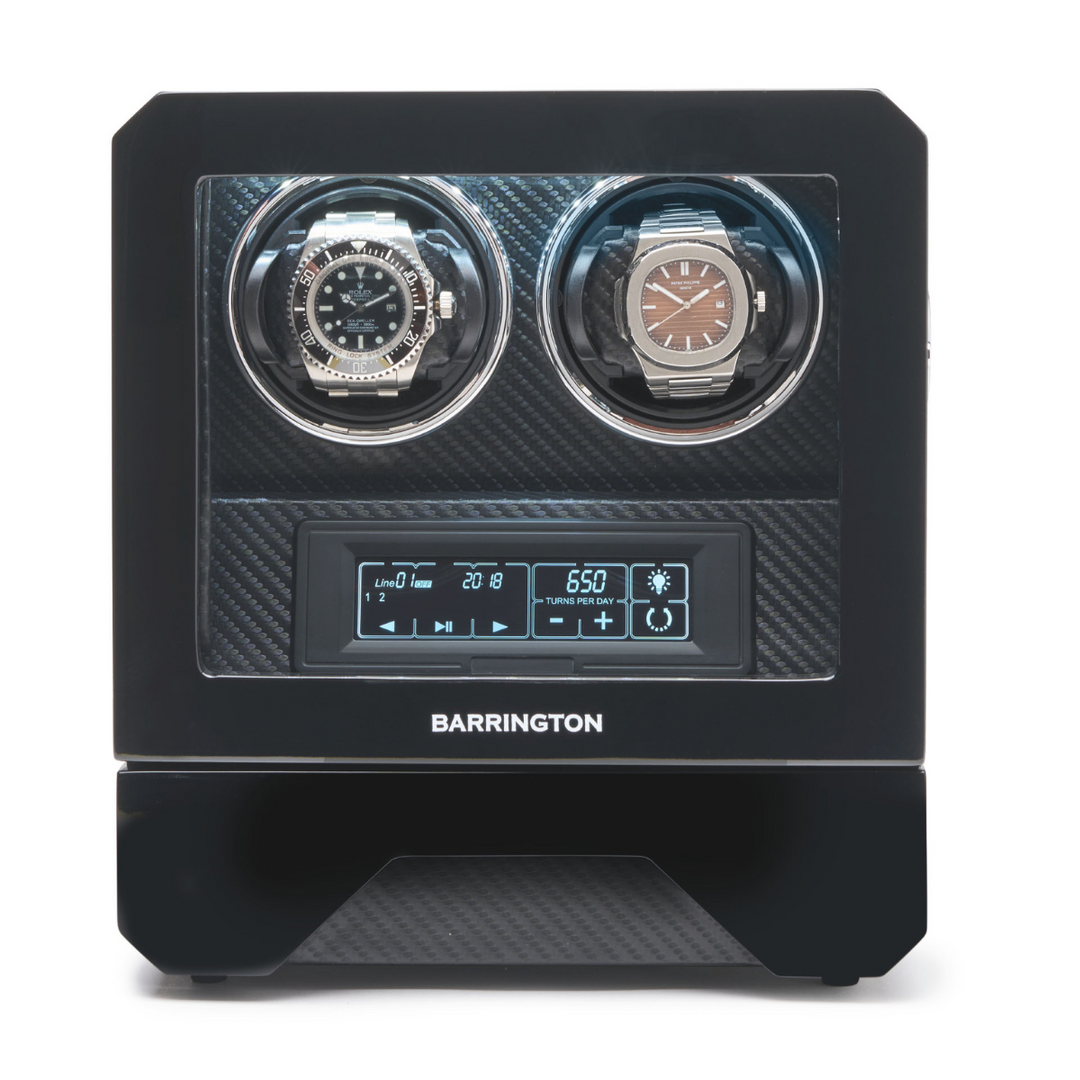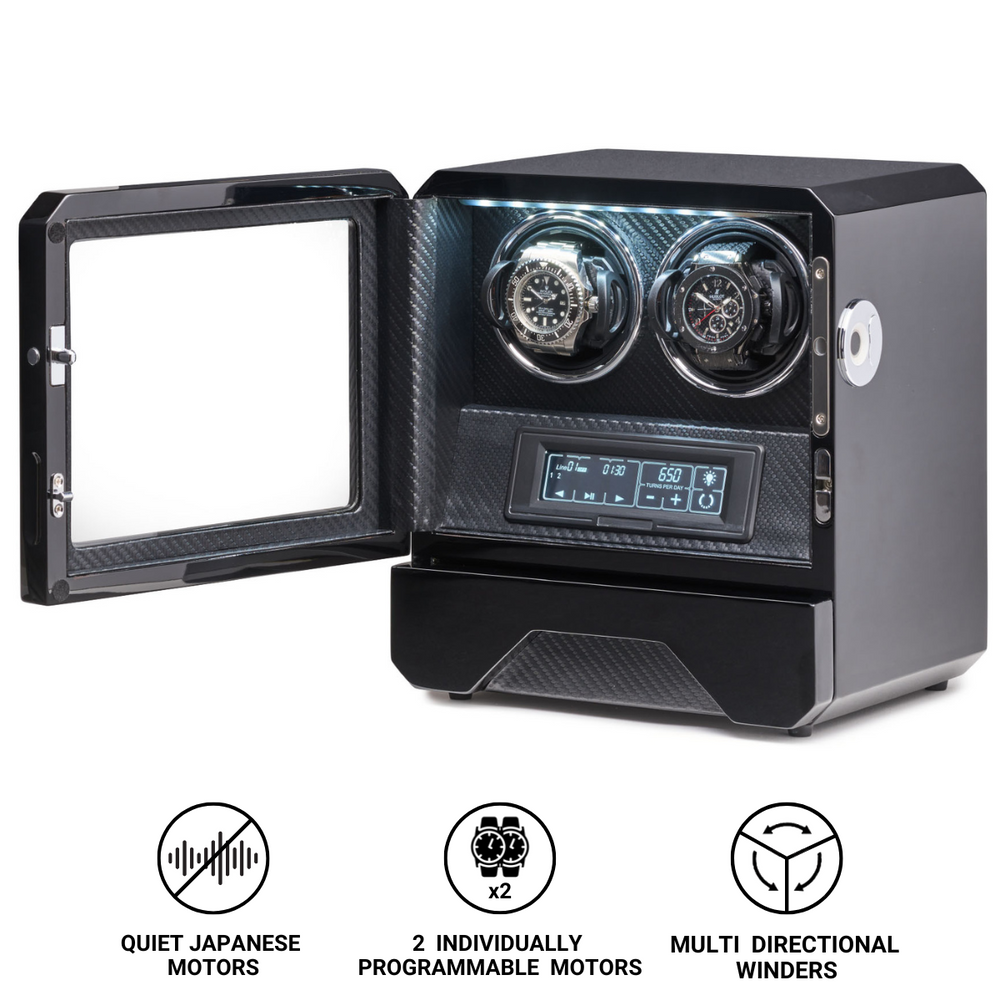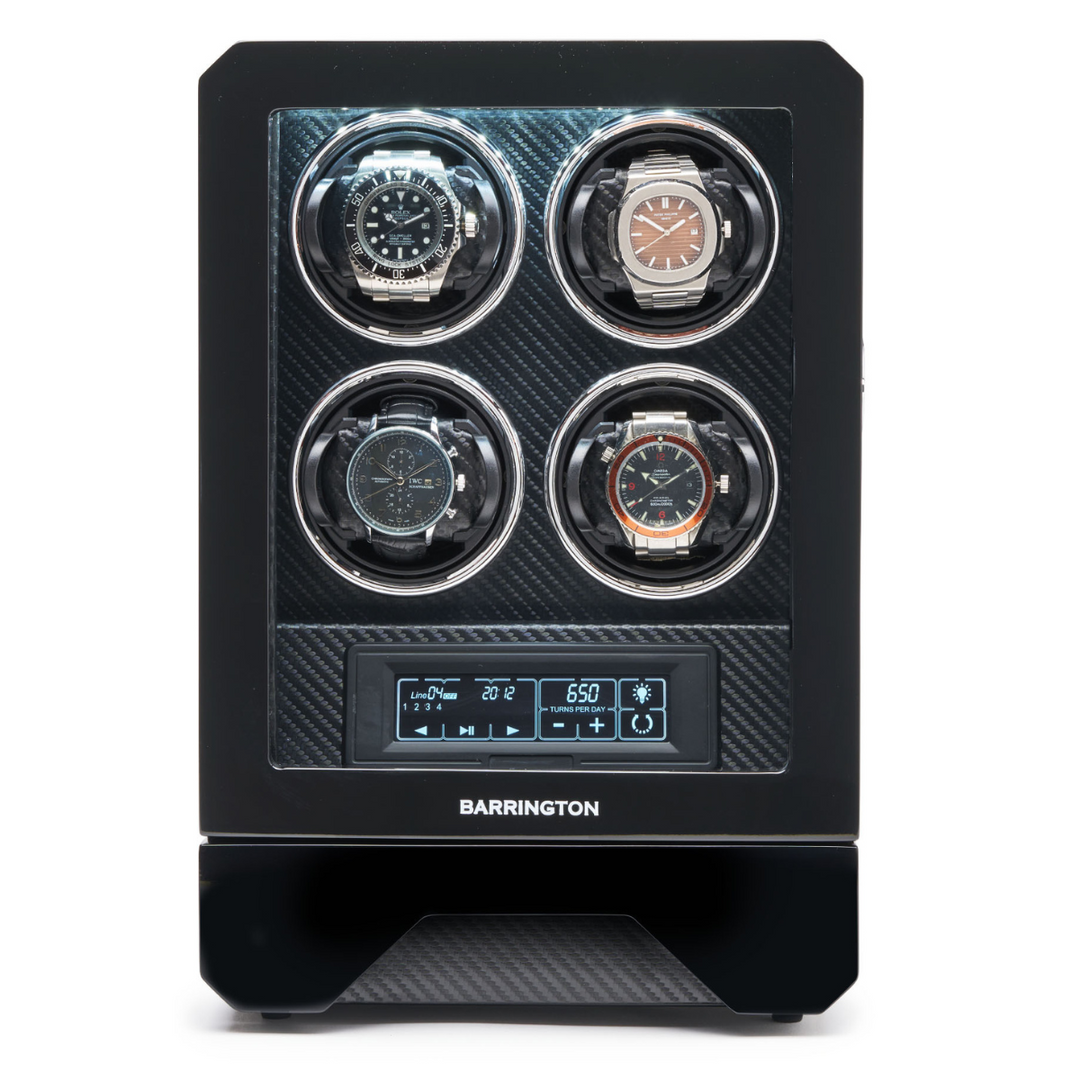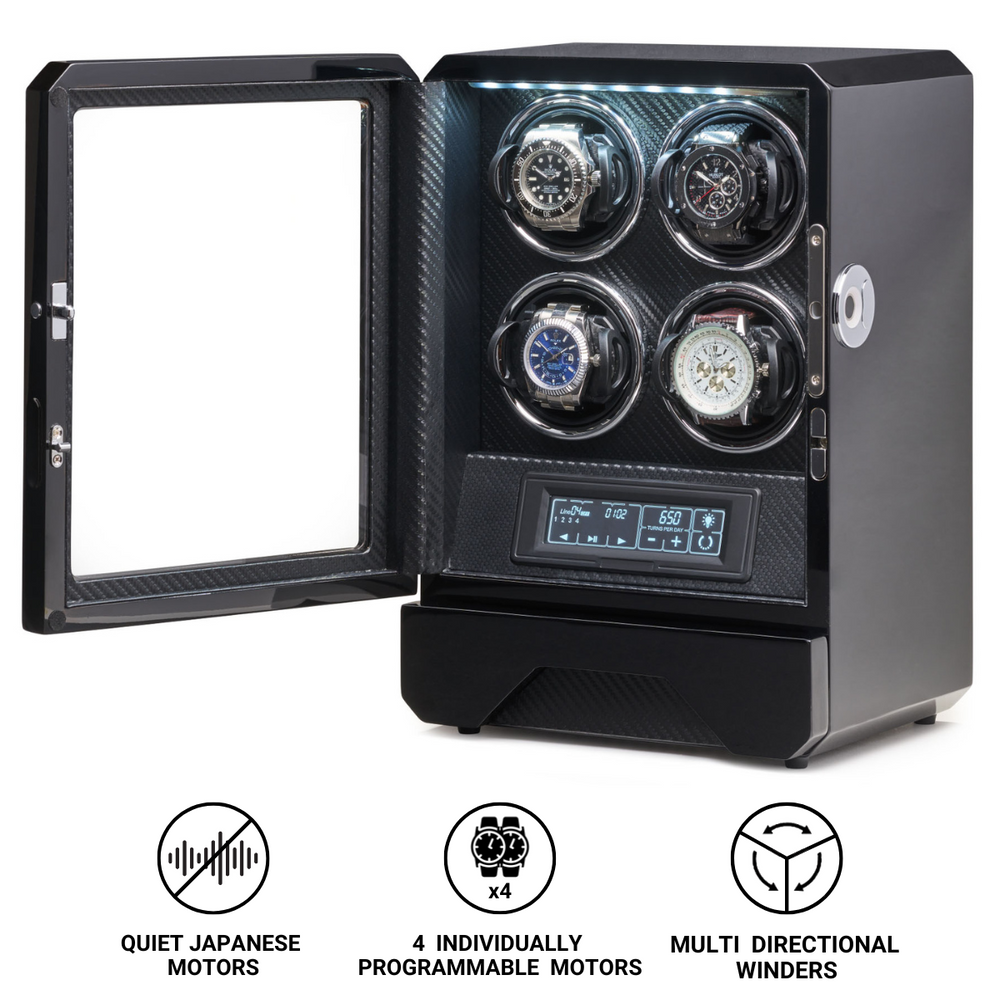What is Case Thickness?
Among the many elements that define the personality, comfort, and aesthetics of a wristwatch, few are as subtly influential as case thickness. While enthusiasts often discuss case diameter, materials, or complications, the vertical measurement of the watch – from the case back to the top of the crystal – plays a crucial role in how a timepiece looks and feels on the wrist. Known as case thickness, this dimension is not merely a matter of numbers; it embodies the balance between design, engineering, and wearability.
Case thickness determines much more than how easily a watch slips under a cuff. It affects the entire wearing experience, the impression of quality and robustness, and the mechanical architecture that lives beneath the dial. To truly appreciate a watch, one must understand how its thickness contributes to its identity and function.
The Definition of Case Thickness
Case thickness refers to the vertical height of a watch case, measured from the lowest point of the case back to the highest point of the crystal. It is typically expressed in millimetres. In simple terms, it describes how “tall” a watch sits on the wrist.
This measurement can vary widely depending on the type of watch, its intended purpose, and the movement inside. An ultra-thin dress watch, for instance, may measure less than 7 mm thick, while a professional dive watch might easily exceed 15 mm. The thickness figure can also include or exclude specific components, such as a domed sapphire crystal or protruding case back, so direct comparisons between brands must be made carefully.
How Case Thickness Affects Wearability
The most immediate impact of case thickness is on comfort and ergonomics. A thinner watch hugs the wrist more closely and often feels lighter, making it ideal for daily wear or formal occasions. Conversely, a thicker case projects a sense of solidity and power but may feel bulky under tight sleeves or cuffs.
In general, case thickness influences wearability in three main ways:
-
Balance and Weight Distribution
A well-proportioned watch distributes weight evenly across the wrist. If the case is too tall relative to its diameter, the watch may feel “top-heavy,” leading to discomfort or frequent repositioning during wear. -
Visual Presence
Thicker watches appear more substantial and sport-oriented. This visual mass can complement tool watches or chronographs but may seem out of place in minimalist dress watches. -
Cuff Compatibility
For business or evening attire, a slim profile ensures the watch slides effortlessly beneath a shirt cuff, maintaining elegance and discretion.
The perfect thickness is not universal; it depends on the wearer’s wrist size, style preferences, and how the watch will be used.
The Engineering Behind Thickness
A watch’s case thickness is not arbitrary. It is the result of complex engineering decisions dictated by the movement, complications, materials, and design intent. Each additional function – from a date window to a tourbillon – adds components that occupy physical space.
For instance:
-
Quartz movements allow for exceptionally slim cases, as the electronic mechanism requires fewer layers. Some quartz watches measure as little as 3–4 mm in total thickness.
-
Mechanical movements, especially automatic calibres with rotors, naturally require more room. Even a simple hand-wound movement adds several millimetres of depth compared to quartz.
-
Complicated watches, such as chronographs, perpetual calendars, or minute repeaters, involve stacked mechanisms that increase the overall height.
Moreover, materials also play a part. Sapphire crystals and water-resistant gaskets demand structural integrity that can add to thickness. Similarly, robust dive watches require thicker cases to withstand underwater pressure, while ultra-thin models rely on precision machining and fragile tolerances to minimise height.
Case Thickness and Style Categories
Different types of watches exhibit typical ranges of case thickness that align with their purpose and design ethos.
-
Dress Watches
Slim and refined, these watches usually fall between 6 and 9 mm. Their purpose is to complement formal wear discreetly. Classic examples include the Piaget Altiplano and Jaeger-LeCoultre Master Ultra Thin, both of which achieve remarkable slimness without sacrificing mechanical integrity. -
Everyday and Sports Watches
Designed for versatility and durability, these tend to range between 10 and 13 mm. This category balances comfort and presence, as seen in the Rolex Datejust or Omega Seamaster Aqua Terra. -
Dive and Tool Watches
Built for performance and toughness, these watches are often between 13 and 17 mm thick. The extra millimetres accommodate reinforced cases, gaskets, and crystals to guarantee water resistance and reliability in harsh environments. -
Chronographs and Complications
Multi-layered movements naturally lead to thicker cases, commonly between 14 and 18 mm. While these watches make a strong wrist statement, they also carry the engineering prestige of complex horology.
The Pursuit of Ultra-Thinness
Throughout horological history, manufacturers have sought to create ever-thinner mechanical watches as a demonstration of craftsmanship and precision. The pursuit of thinness is not merely aesthetic; it symbolises mastery over mechanical miniaturisation.
Brands such as Piaget, Bulgari, and Audemars Piguet have competed for world records in this field. Piaget’s 1957 calibre 9P and Bulgari’s Octo Finissimo collection exemplify the challenge: to create a movement that is both reliable and incredibly flat, while maintaining durability.
However, thinness brings compromises. Ultra-thin movements are delicate and more susceptible to shocks. Additionally, achieving a slim case often limits water resistance and robustness, making such watches more suited to formal wear than everyday adventures.
The Other Side: The Appeal of Thick Watches
While ultra-thinness is celebrated in high watchmaking, thickness carries its own aesthetic and functional appeal. Many collectors and enthusiasts appreciate the presence and gravitas of a thick watch. In tool watches, such as divers or pilot models, the thickness communicates reliability and technical purpose.
A thicker case allows for more complex movement architecture, better shock protection, and improved waterproofing. It also gives designers the opportunity to experiment with bold shapes and layered dial constructions. The Panerai Luminor and Audemars Piguet Royal Oak Offshore, for example, embrace their substantial dimensions as a signature part of their identity.
Modern Trends and the Balance Between Form and Function
In recent years, the watch industry has aimed to refine the balance between elegance and utility. Advances in materials and manufacturing techniques, such as titanium construction, micro-rotors, and redesigned case geometries, have allowed watchmakers to reduce perceived thickness without compromising strength or water resistance.
Wearers now seek versatility: a watch that feels robust but remains comfortable and well-proportioned. This has led to the concept of “optical thinness”, where case design – through bevels, curvature, and contrasting finishes – visually slims the profile, even if the measurement remains substantial.
Why Case Thickness Matters to Collectors
For seasoned collectors, case thickness is a key consideration when evaluating a watch’s design coherence. It is often the difference between a balanced masterpiece and an awkwardly proportioned piece. The thickness can reveal much about the movement inside and the manufacturer’s design priorities.
When assessing a watch, collectors typically look for harmony between thickness, diameter, and lug-to-lug length. A 42 mm watch with a 16 mm case height might feel imposing, while a 39 mm piece at 10 mm offers classic elegance. The interaction of these dimensions defines the “wrist feel” – an intangible but vital quality in any timepiece.
Conclusion
Case thickness may appear to be a simple numerical specification, but it is one of the most telling dimensions in watch design. It shapes not only how a watch looks and feels but also reflects the technical philosophy of its maker. Whether pursuing the wafer-thin refinement of a dress watch or the commanding presence of a professional diver, the right case thickness brings harmony between mechanics, aesthetics, and human comfort.
Ultimately, the perfect watch does not merely tell time – it fits the wearer’s wrist, lifestyle, and personality with equal precision. And in that delicate vertical measure between the crystal and the case back lies the fine art of balance that defines the soul of modern horology.









